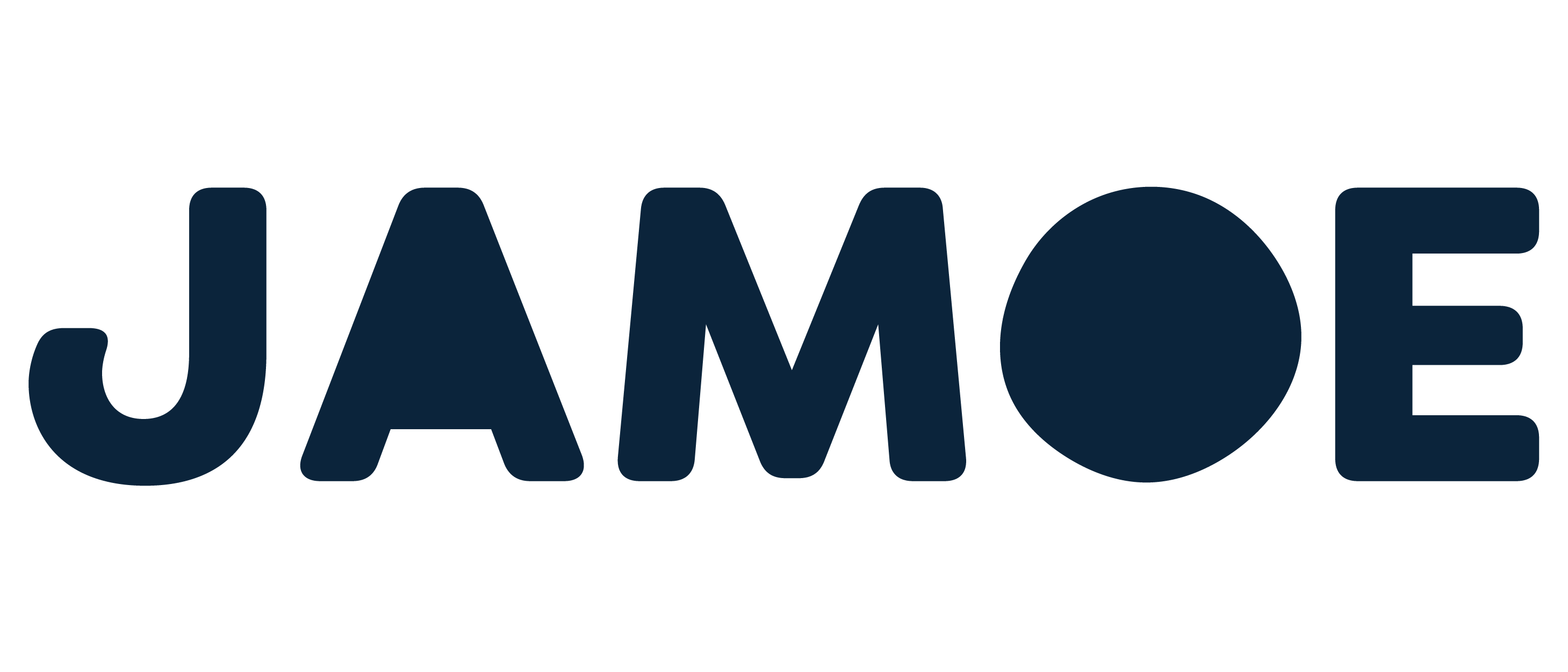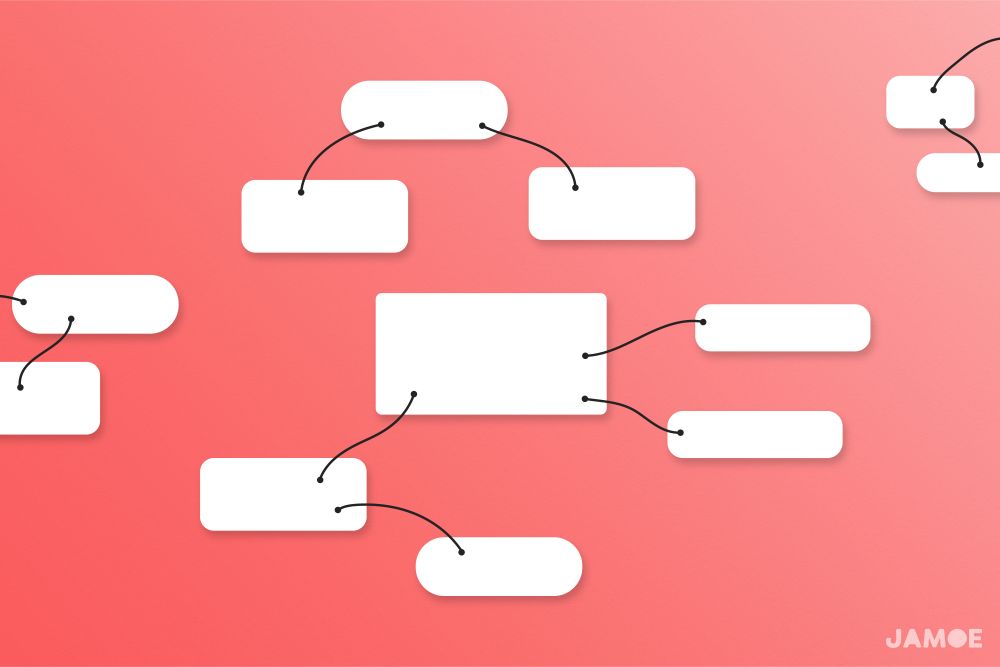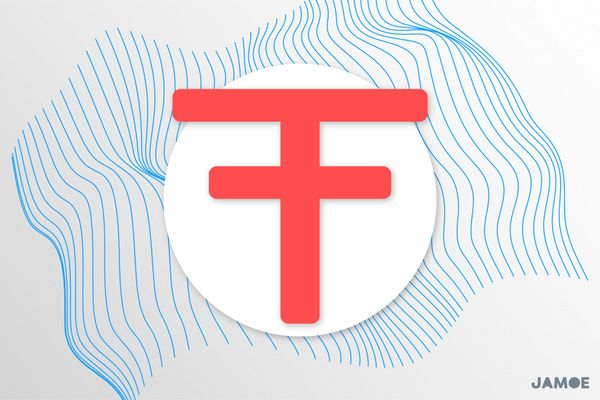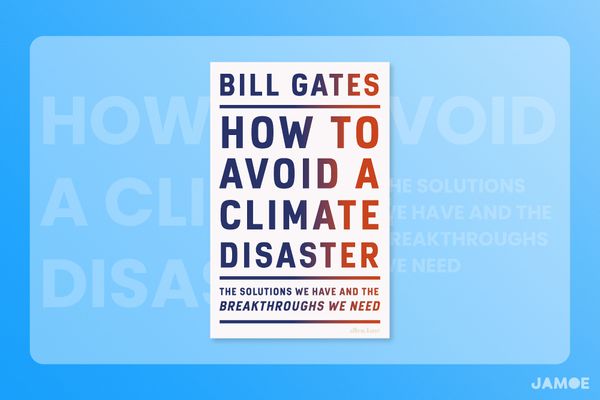Thinking Fast with Jump Notes: Note-taking for Those that Hate Note-taking (Pt 4)
This is part four in our note-taking series.
At a glance
- A note-taking technique for those that hate note-taking, but regret not having taken any notes.
- Use Jump Notes when you need to think fast, like when you're listening to something in real-time or caught in the flow of a great book, and you want to jot something down without ruining your momentum.
Introduction
We think fast, and we think slow. Jump Notes, our twist on mind mapping, is for when we need to think fast, as pausing is either impractical or not preferable. When studying or working, that’s most of the time.
- Impractical: listening to something in real-time, like attending a lecture, conducting an interview, or meeting with a client. You need to be attentive; otherwise, you'll miss a key detail.
- Not preferable: you're caught up in the rhythm of whatever you’re reading or listening to, and stopping will spoil the moment.
Sometimes, you'll want to scribble down a key bit of information in these situations and then jump back into the conversation, lecture, or book. That's where Jump Notes come in.
Like a mind map, Jump Notes come out looking like a web of thoughts but uglier. That’s on purpose. Like an artist’s sketch, taking a Jump Note involves capturing a key detail and then moving onto the next thing.
That means word bubbles, highlighters, and beauty can be ignored, freeing you up to zone in on the object of focus – your notes. After all, if you’re using half your concentration to make your notes look pretty, you’re only half paying attention.
In the final article of our note-taking series, we’ll then combine Jump Notes and Highlight, Question, and Answer (HQ&A) Notes to reveal an evidence-based workflow that moves with the way we think. When used together, they'll act as your note-taking fork and knife, giving you a flexible toolkit to use throughout your studies and career.
We’ve also included some guidelines for how we make our Jump Notes easier to review and rewrite. In most cases, your Jump Notes on a book will be sufficient, but you may want to rewrite them using a more heavy-duty technique, such as the HQ&A technique, to push your understanding further.
How are Jump Notes written in practice?
When taking a Jump Note, your hand should move about the page like an artist doing the first sketch of their subject. It is an unstructured and organic process, where you capture whatever tickles your intellectual curiosity or helps you to make sense of what you're reading.
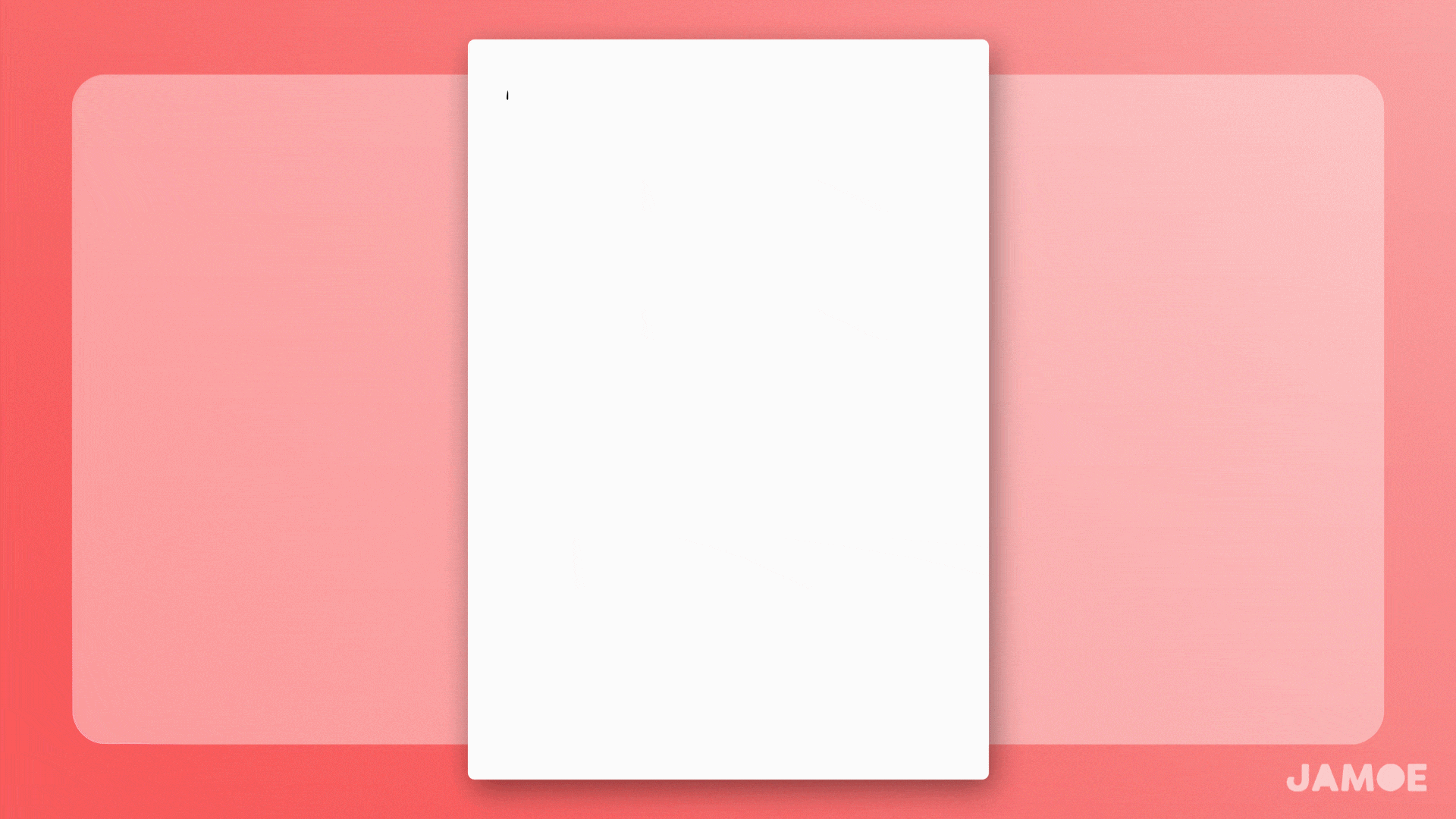
The animation reveals how this note-taking technique doesn't demand a rigid structure. Instead, the structure is soft and works with how we think by allowing us to move about the page as we sift through our thoughts and note down any nuggets.
It's that lack of rigidity that makes Jump Notes ideal for thinking fast, as it remains valuable in those impractical and not preferable situations: lectures, meetings, or being caught in the current of a great book.
We can stay present and maintain a joyful flow while ensuring we store anything of value for the future.
A soft structure for your notes
Amongst the chaos of our Jump Notes, we've imposed a soft structure. It follows the same Highlight, Question, and Answer approach as the HQ&A technique, so what you're capturing will continue to flow with how our minds learn.
With that covered, the remaining pieces of structural syntax make reviewing your notes more efficient. That all comes down to making your notes scannable:
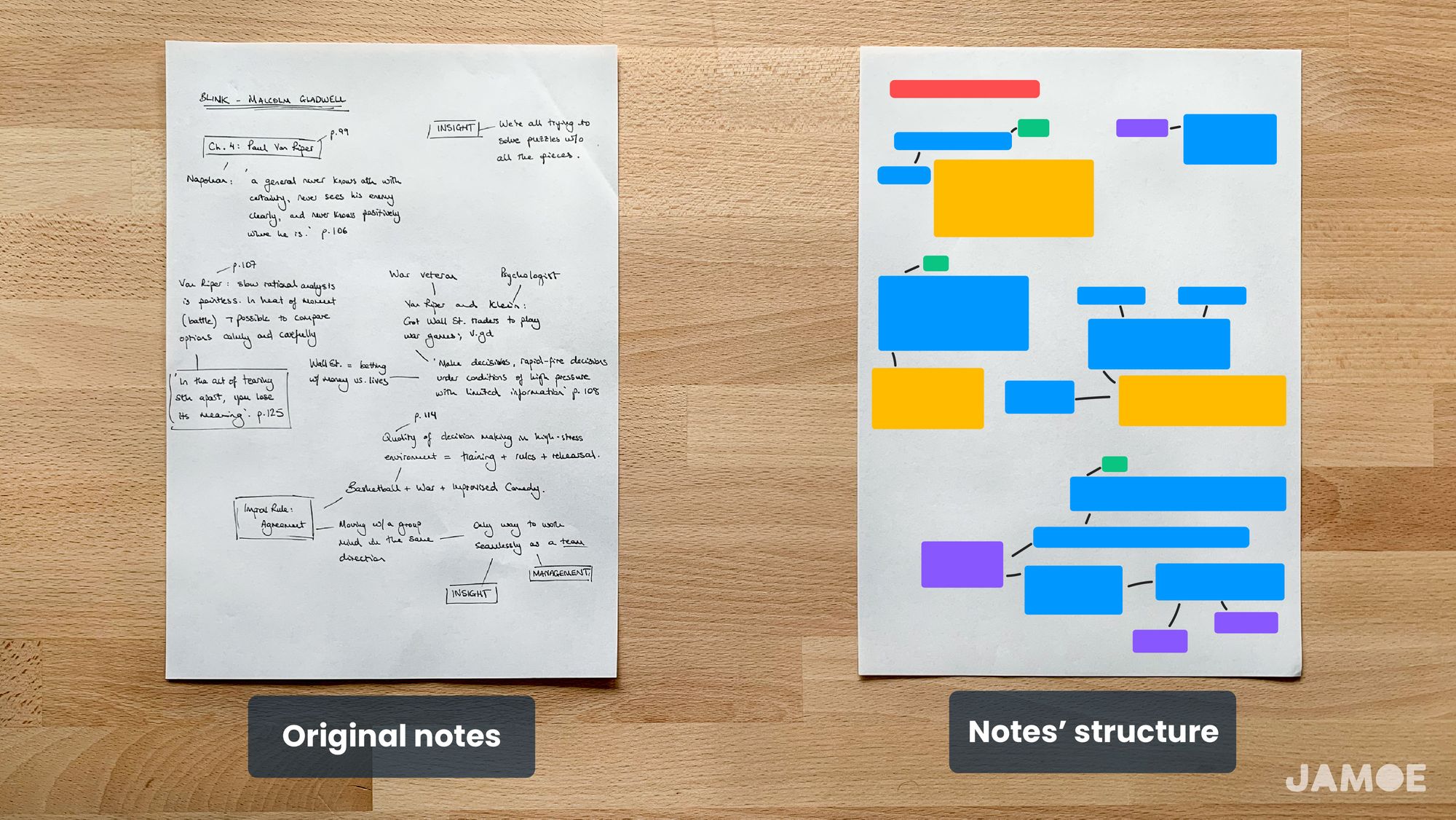
Our recommended structural guidelines are as follows. They'll help you decide what's worth writing down and make it easier for your future self to work with your notes:
- Highlights (yellow): great for noting down any phrases that are especially clever or beautiful. We also use them for sentences that capture the crux of an argument. You can then use these highlights as fertiliser if you choose to make HQ&A Notes later.
- Page numbers (green): for those times when you want to revisit the original text, refer, or appreciate the order in which the ideas were shared. For audio or videos, you can use timestamps. Looking at the page numbers above, the notes cover 15 pages worth of material.
- Key points (blue): sometimes, you'll want to compress and re-express an author's point rather than quoting them. This is the same process as writing an Answer for a HQ&A Note, and will help you digest what you're reading per the Feynman Technique.
- Lines (black): the most efficient way to say, 'This idea relates to this idea somehow'.
- Clusters: as you're jumping around, the structure of what you've written will look more like a cluster of ideas rather than a perfect map. Working like this is more organic, less disruptive, and demands just enough effort to help you digest what you're reading.
- Boxes (purple): while you're scribbling, you’ll want to add boxes around whatever you judge to be a key point. Boxes are eye-catching, making them great visual anchors for when you come to review your notes. Just like how road signs are a speedy way to re-orient yourself while driving, these boxes will make replaying your old thoughts faster. Your future self will be thankful.
Boxes (purple) have been used a few times to grab our attention in the example above: the chapter title, a quote that captures the essence of the argument, and for the word 'Insight', which we've used to capture any original thoughts that occurred to us while reading.
This is unlike mind mapping, which recommends only boxing the parent idea, making scanning through your notes later harder, as none of your key takeaways are ready and waiting.
Digitising your Jump Notes (or not)
As Jump Notes follow the familiar mind mapping structure, you can easily translate your Jump Notes into a digital form using bullet points like in the example below:
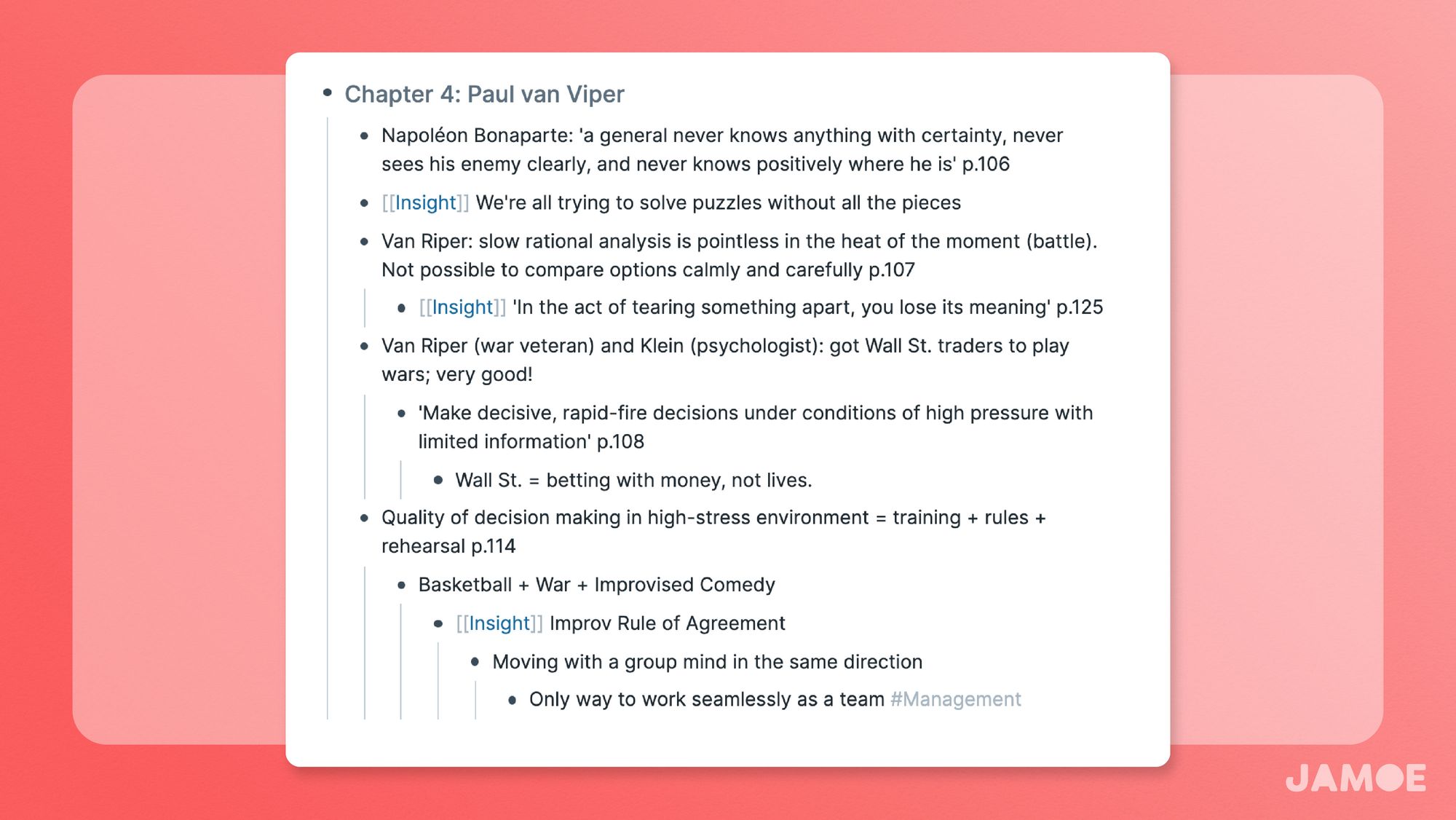
Investing your time honestly
We recommend handwriting your notes and only typing up the parts that become more valuable to you once digitised, for example, if you need them to be searchable. Even then, we only type up a few of the best highlights, key points, or insights that will help us achieve some study or work-related goal, as that justifies the time investment.
If time is tight, we shortcut to taking a picture of our notes and adding it to our note-taking app. To make it easier to resurface later, we will add a few details or tags. That way, the note remains valuable over the long term without causing a huge administrative burden. We can search, find the image(s), and playback our old thoughts.
Why bother with handwriting your notes at all? Well, it makes what you're reading more memorable. It's also less distracting. Computers offer us thousands of functions, including thousands of temptations and disruptions. Paper is the opposite. It nudges you to focus and think deeper when reading, as there's nowhere else to spread your attention. You'll also write things in your own words rather than typing them verbatim.[1]
Honest Productivity Principles when note-taking
As we've written about before, finding the sweet spot between joy and effort remains a balance between these two extremes:
- (Joy) The best stuff will stick – take notes on nothing.
- (Effort) Forget nothing – take notes on everything.
For finding that sweet spot, our Honest Productivity Principles for note-taking offer a valuable compass to help you prioritise quality over quantity.
- Focus on what matters: simple to the point of almost being insulting, but don't take notes on everything you consume. Instead, have a strong filter for prioritising. Our filter is that whatever we're consuming must help us move forward with some goal that matters.
- Achieve more with less: when reading, look for the note that captures 80% of the value but is only 20% of the effort. Often non-fiction is repetitive, padded, or gives examples to ensure you get it. But, once you've got it, you can compress the idea, so it occupies a much smaller space.
- Work sustainably: if you haven't taken a note for a while, check to see you're still concentrating. Usually, this happens when we're tired, so we'll take a break, as carrying on will only give us the illusion of progress.
Conclusion
For most of what we read, taking a shallow breadth approach is sufficient, and that's what Jump Notes was designed for. Those times when we need to think fast, see the big picture, and capture key details.
When narrow depth is your priority, you can develop your Jump Notes into HQ&A notes. By nudging you to express things in your own words and apply what you're learning by asking questions, the HQ&A technique will push your thinking further and promote retention.
'We have come to confuse information with understanding' is how Malcolm Gladwell closes Blink, the book featured in this article. He's not wrong. We are swimming in information, and the key to good decision making, in your studies and career is not knowledge but understanding. That's why we've baked it into our note-taking techniques for you so that you can make the most of your mind.
To read the final article in our Honest Notes note-taking series that ties together Jump Notes and HQ&A into a workflow that puts understanding centre-stage, be sure to join the Redraft newsletter.
Footnotes
[1] Looking through the literature, there are many credible studies on this. However, this one published in Psychological Science is the most thought-provoking and instructive. Most studies focus on the distractions of using a computer. This study goes further. It found that even when using a laptop solely for note-taking by eliminating its multi-tasking functions, it still results in an inferior level of understanding and retention compared to those who took their notes by hand: “laptop note takers’ tendency to transcribe lectures verbatim rather than processing information and reframing it in their own words is detrimental to learning”.
